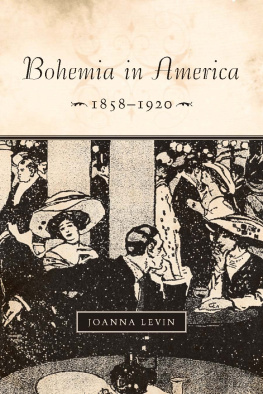ANDREW DEENER is assistant professor of sociology at the University of Connecticut.
The University of Chicago Press, Chicago 60637
The University of Chicago Press, Ltd., London
2012 by The University of Chicago
All rights reserved. Published 2012.
Printed in the United States of America
21 20 19 18 17 16 15 14 13 12 1 2 3 4 5
ISBN-13: 978-0-226-14000-1 (cloth)
ISBN-13: 978-0-226-14001-8 (paper)
ISBN-10: 0-226-14000-8 (cloth)
ISBN-10: 0-226-14001-6 (paper)
ISBN-13: 978-0-226-14002-5 (e-book)
Library of Congress Cataloging-in-Publication Data
Deener, Andrew, 1976
Venice : a contested Bohemia in Los Angeles / Andrew Deener.
pages ; cm
Includes bibliographical references and index.
ISBN-13: 978-0-226-14000-1 (cloth: alkaline paper)
ISBN-10: 0-226-14000-8 (cloth: alkaline paper)
ISBN-13: 978-0-226-14001-8 (paperback : alkaline paper)
ISBN-10: 0-226-14001-6 (paperback : alkaline paper) 1. Venice (Los Angeles, Calif.)Social conditions. 2. Venice (Los Angeles, Calif.)Social life and customs. 3. NeighborhoodsCaliforniaLos Angeles. 4. City and town lifeCalifornia Los Angeles. 5. UrbanizationCaliforniaLos Angeles. 6. Bohemianism CaliforniaLos Angeles. I. Title.
HN80.L7D44 2012
306.09794'94dc23
2011044278

This paper meets the requirements of ANSI/NISO Z39.48-1992 (Permanence of Paper).
Preface
I moved to Los Angeles from New York in 2002 with a strong East Coast bias. I had already heard about the stereotypical reputation of L.A. as superficial, filled with countless Hollywood types; and I read critical treatises about the citys sprawling and sanitized spaces that keep racial, ethnic, and socioeconomic differences at bay. When I came across the palm-tree-lined Venice Boardwalk, the famed public space located just south of Santa Monica along the Pacific coast, I found a dynamic attraction that represents the exact opposite of these stereotypes. The boardwalk is diverse beyond imagination. Tourists speaking dozens of languages enjoy the pulsating spectacle with roller skaters and bicyclers speeding past, hulking and bronzed bodybuilders pumping iron on the beach, carnival performers and artists entertaining passersby, and restaurants and cafs interspersed between ragtag tourist shops.
I also realized that the boardwalk is filled with inherent contradictions. As one of thousands strolling along the pedestrian walkway, I initially shared in the unstated collective agreement that allows everyone to find pleasure in the surroundings while ignoring the poverty and hardship underlying its theme park persona. Filtered through the salty air, a pungent blend of body odor is masked by patchouli oil; flowery incense and coconut suntan lotion mix with marijuana, tobacco, and burning sage; and kettle corn and barbeque smoke blend together with the fumes of urine and sun-rotted garbage overflowing out of trash cans. Homeless men and women are sleeping on the beach. People throughout Los Angeles without formal jobsmostly Latino, African, and Asian immigrants, as well as African Americansshow up before sunrise to claim a space on the boardwalk and sell a wide variety of paintings, photographs, incense, jewelry, T-shirts, bumper stickers, and other odds and ends. Others who live in ramshackle RVs on the streets of Venice drive into the beachfront parking lot and set up for a day of selling their wares. As I looked closer, I found that poverty and economic exclusion stabilize the reputation of the boardwalk while city politicians, real estate developers, retailers, and homeowners repeatedly step in to try to alter it.
I began ethnographic research on the boardwalk in early 2003, thinking that I was exploring the intersection of homelessness and the arts. Like most ethnographers, I adopted a research stance of looking at the world from the points of view of the people I was studying. I got to know the ins and outs of the boardwalks vending culture, directly asking people if I could spend my days hanging out with them. This strategy worked well in a public space where people had little else to do but sell objects to tourists and talk to others nearby. I learned about how people end up selling their wares on the boardwalk, what they do to create their vending identities, how they contribute to the vibrant tourist attraction, and what happens to the boardwalk and the vendors when the sun goes down and visitors go home. I also could not avoid the aggressive attempts to regulate this informal economy. New city ordinances are passed to control the vending and old ones are tossed into the garbage, along with forty years of other failed regulations.
I went to neighborhood meetings to make sense of the political conflicts over the control of the boardwalk and met a number of homeless activists worried about similar restrictions regarding where homeless men and women could sleep or park their RVs and vans in other sections of Venice. I found out that African American activists and white countercultural activists were concerned about loss of affordable housing and conflicts over the uses of public spaces in other areas. Continuing my research on the boardwalk, I wandered around Venice, walking up and down every single street. My early explorations made me realize that the Venice Boardwalk is not an isolated zone. It is wedged into a coastal community undergoing marked shifts; and struggles are taking place over what distinct neighborhoods should become and who should have a say.
Venice is not a single place, as one might see it labeled on a Los Angeles city map. It is a community made up of different neighborhoods, each with its own identity, history, and struggles between groups. While some adjacent neighborhoods are filled with racial, ethnic, and socioeconomic diversity, others are more exclusive and homogeneous. Much like Harvey Zorbaughs (1929, 46) classic study of the Near North Side of Chicago during the early twentieth century, The Gold Coast and the Slum, Venice is a twenty-first-century setting of high light and shadow, of vivid contrasts... between the old and the new, between the native and the foreign... between wealth and poverty, vice and respectability, the conventional and the bohemian, luxury and toil. If I wanted to make sense of this Los Angeles community where immigration, homelessness, countercultural movements, gentrification, and African American segregation have converged in close proximity, I needed to study different neighborhoods, think more clearly about what is happening in each one, and examine the relationships between them.
I extended the scope and geography of my project. I spent time in various places throughout Venice and gradually got to know many people living and working in five of Venices adjacent neighborhoods. Later, in 2003, my wife and I moved to Venice, five blocks inland from the boardwalk, in order to better understand how people experience and understand their relationships to others in their daily lives. We rented a dark and damp beach apartment in a small eight-unit building with warped wooden floors and loose and cracked kitchen tiles, one of a few apartment buildings like it on our street, increasingly surrounded by nouveau solar-powered single-family homes and artist lofts.

 This paper meets the requirements of ANSI/NISO Z39.48-1992 (Permanence of Paper).
This paper meets the requirements of ANSI/NISO Z39.48-1992 (Permanence of Paper).
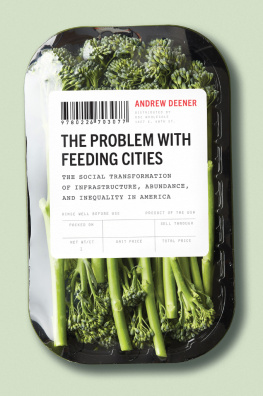
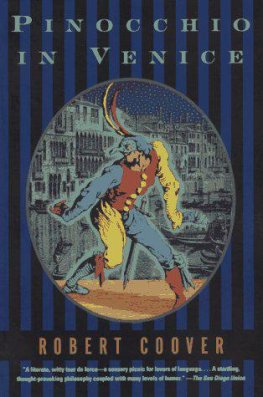
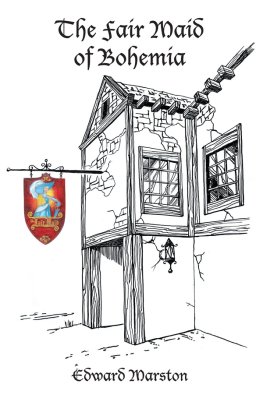
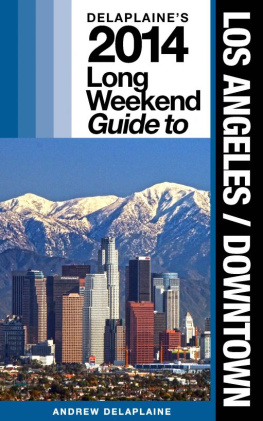
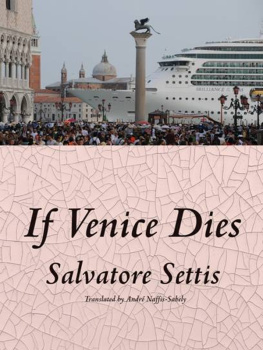
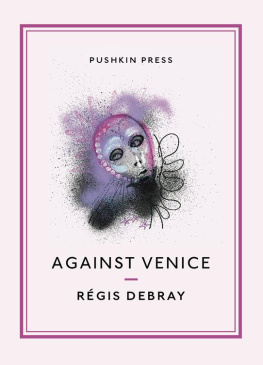
![Bosworth - Italian Venice: a history[Electronic book]](/uploads/posts/book/194557/thumbs/bosworth-italian-venice-a-history-electronic.jpg)
